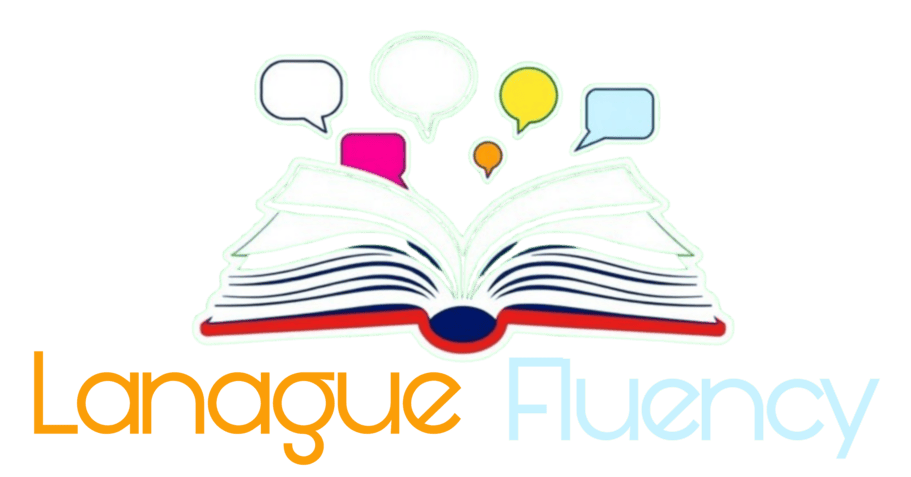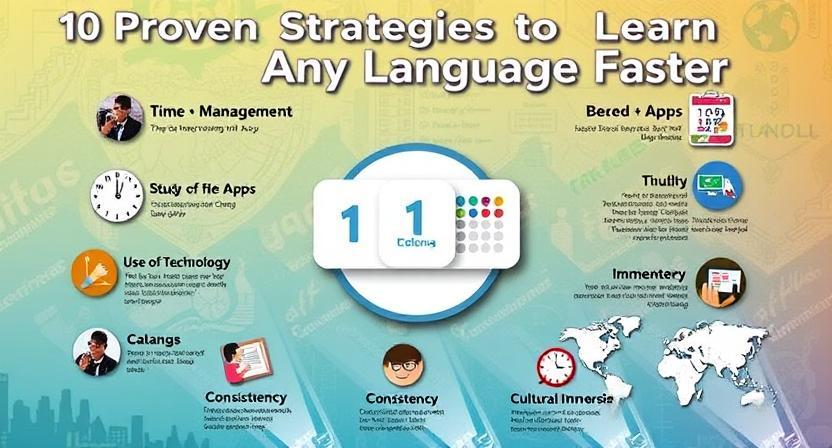The Benefits of Learning a Second Language Early
Learning a second language early in life offers numerous advantages to young learners. Research has shown that children who are exposed to a second language at a young age tend to develop stronger cognitive skills, such as problem-solving abilities, creativity, and critical thinking. Additionally, early language learners often demonstrate greater flexibility in their thinking and an increased capacity for multitasking, which can benefit them academically and in future professional endeavors.
Furthermore, acquiring a second language early can open up a wide range of cultural opportunities and foster a greater sense of empathy and understanding towards other cultures. By immersing themselves in a different language and culture from a young age, children can develop a more profound appreciation for diversity and intercultural communication, ultimately becoming more well-rounded individuals with a global perspective.
Starting with Basic Vocabulary and Phrases
When embarking on the journey of learning a second language, starting with basic vocabulary and phrases is fundamental. By introducing simple words and common expressions early on, learners can build a strong foundation for further linguistic development. This approach allows individuals to gradually expand their vocabulary and linguistic skills over time, making the learning process more manageable and enjoyable.

Basic vocabulary and phrases serve as building blocks for language proficiency, helping learners to communicate effectively and navigate various everyday situations. Whether it is greetings, numbers, colors, or simple questions, mastering these fundamental elements provides a sense of accomplishment and boosts confidence in using the second language. Furthermore, starting with basic vocabulary and phrases can make the language learning experience feel less overwhelming, motivating learners to progress and explore more advanced linguistic aspects in the future.
Incorporating Language Learning into Daily Routines
Children are like sponges when it comes to absorbing new information, making daily routines a prime opportunity to incorporate language learning effortlessly. Simple activities like labeling items around the house with their corresponding words in the second language can help reinforce vocabulary in a practical way. For example, sticking a label saying “chair” and “silla” on a chair is a quick and effective way to create visual associations and enhance language retention.
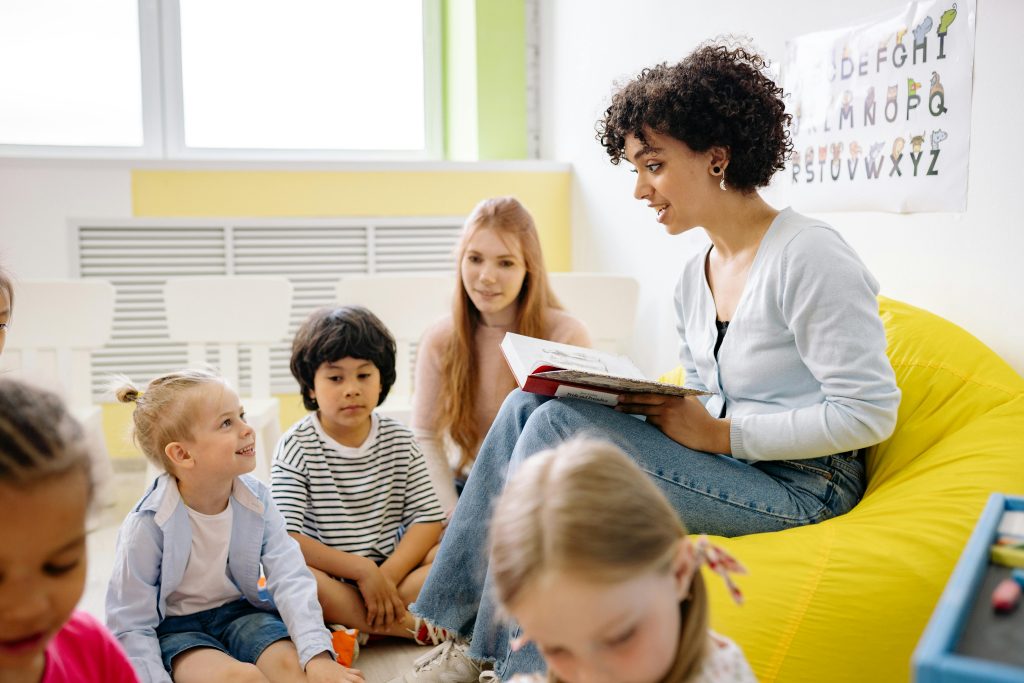
Additionally, meal times can serve as a fantastic setting for language learning integration. Parents can introduce words related to food, utensils, and actions like “eat,” “drink,” “fork,” or “spoon” during breakfast, lunch, and dinner. This not only makes language learning a natural part of the day but also enables children to learn in context, enhancing their comprehension and communication skills in the second language.
Encouraging Language Practice through Games and Activities
Incorporating games and activities into language practice sessions can make learning more engaging and enjoyable for children. By using interactive games like charades, board games, or memory matching games, language practice becomes a fun and dynamic experience. These games not only help reinforce vocabulary and language structures but also encourage active participation and collaboration among learners.

Furthermore, incorporating hands-on activities such as scavenger hunts, role-playing scenarios, or crafting projects can provide practical contexts for using the second language. This approach allows children to apply their language skills in real-life situations, enhancing their communication abilities and boosting their confidence in using the new language. Engaging in these interactive games and activities can help create a positive association with language learning and foster a lasting interest in mastering a second language.
Utilizing Language Learning Apps and Resources
When it comes to language learning, technology has revolutionized the way individuals can immerse themselves in a new language. With the abundance of language learning apps and resources available, learners have the opportunity to practice vocabulary, grammar, and pronunciation in a fun and interactive way. These apps often incorporate gamified elements, making the learning process engaging and motivating for users of all ages.

Language learning resources, such as online platforms, podcasts, and virtual tutors, offer a diverse range of tools to support learners in their language acquisition journey. These resources provide access to authentic language content, cultural insights, and interactive exercises to enhance language skills. By utilizing these apps and resources, learners can tailor their language learning experience to suit their individual preferences and learning styles, ultimately making the process more effective and enjoyable.
Promoting Cultural Understanding Alongside Language Learning
Cultural understanding plays a pivotal role in language learning. By delving into the cultural aspects of a language, learners gain a deeper appreciation for the nuances and subtleties of communication. This understanding goes beyond mere words and grammar, allowing individuals to connect on a more profound level with native speakers and their customs.
Embracing cultural diversity fosters empathy, respect, and open-mindedness, essential qualities in our interconnected world. Through language learning, individuals not only broaden their linguistic capabilities but also their perspectives on different ways of life. By actively promoting cultural understanding alongside language acquisition, we not only enrich our communication skills but also cultivate a more inclusive and harmonious society.
Setting Realistic Language Learning Goals
When embarking on the journey of learning a second language, it is crucial to establish realistic goals that align with your abilities and learning pace. Setting achievable objectives can help you stay motivated and track your progress effectively. By breaking down your language learning goals into smaller, manageable tasks, you can ensure steady improvement and prevent feelings of overwhelm.
It is essential to consider your personal commitments and time constraints when determining your language learning objectives. Setting realistic goals means acknowledging the time and effort required to reach proficiency in a second language while also balancing other responsibilities. By being mindful of your limitations and planning accordingly, you can create a sustainable language learning routine that maximizes your potential for success.
Creating a Language-Rich Environment at Home and in the Classroom
Creating a language-rich environment at home and in the classroom is essential for supporting children in their language learning journey. By surrounding them with opportunities to hear, speak, and engage with the target language, we can help them develop their linguistic skills in a natural and immersive way. In the home setting, parents can expose their children to the second language through everyday interactions, such as reading books, watching videos, and playing games together in the target language.

Similarly, in the classroom, educators can create a language-rich atmosphere by incorporating the second language into various aspects of the curriculum. Labels, posters, and materials in the target language can be displayed around the classroom to familiarize students with vocabulary in context. Additionally, incorporating songs, rhymes, and chants in the target language can make learning fun and memorable for young learners, helping them internalize language structures and pronunciation more effectively. By establishing a language-rich environment both at home and in the classroom, we can provide children with the support and encouragement they need to thrive in their language learning endeavors.
Fostering a Positive Attitude towards Language Learning
Maintaining a positive attitude towards language learning is vital for sustained progress and enjoyment. Encouraging children to view language learning as an exciting adventure can enhance their motivation and willingness to engage with the material. By praising their efforts and celebrating small victories, caregivers and educators can instill a sense of pride and accomplishment in the language learning journey.
Furthermore, creating a supportive and nurturing environment where mistakes are viewed as valuable learning opportunities can help children develop resilience and perseverance. Emphasizing the fun and creative aspects of learning a new language can shift the focus from challenges to possibilities, fostering a mindset that is open to exploration and growth. Embracing a positive attitude towards language learning can not only boost children’s confidence in their abilities but also cultivate a lifelong love for languages and cultural diversity.
Incorporating Music and Songs in Language Learning
Music and songs have long been recognized as powerful tools for language learning. The rhythm and melodies of songs can help learners remember vocabulary and pronunciation more easily. Listening to songs in a second language can also improve listening skills and increase comprehension. Incorporating music into language lessons can make learning more engaging and enjoyable for both children and adults.
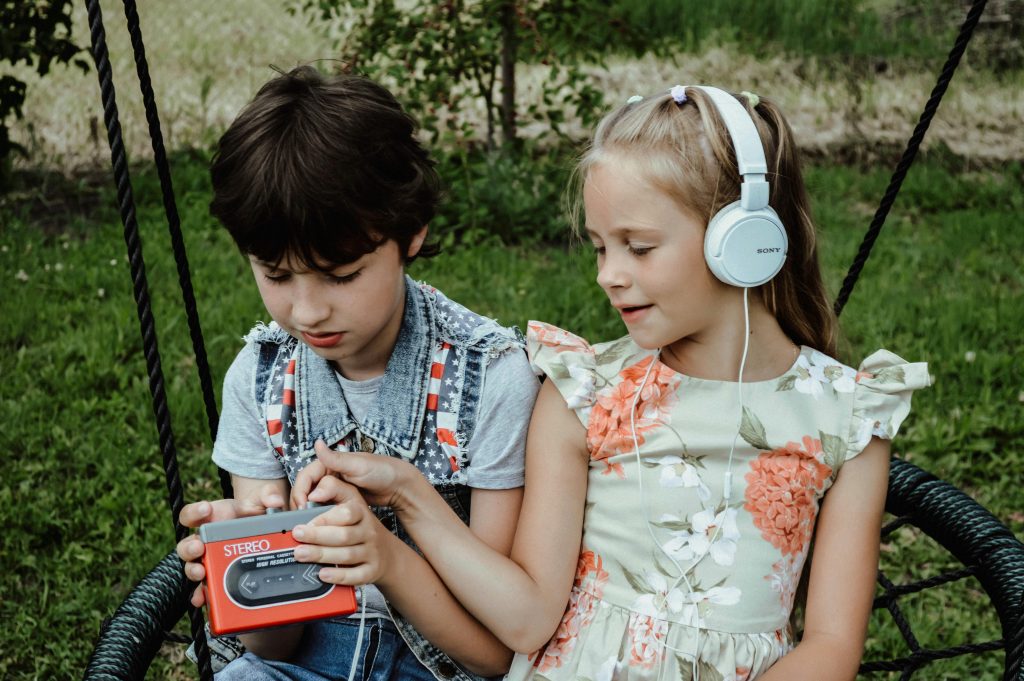
In addition to listening to songs, singing along can help learners practice speaking and pronunciation. By learning the lyrics of songs in a second language, learners can improve their vocabulary and grammar skills in a fun and interactive way. Using music and songs in language learning can create a positive and supportive learning environment, allowing learners to express themselves creatively while also developing their language skills.
Using Visual Aids and Flashcards for Vocabulary Building
Visual aids and flashcards serve as valuable tools in building vocabulary for second language learners. By associating words with images or illustrations, learners can strengthen their understanding and retention of new vocabulary. Visual aids can make abstract concepts more concrete and memorable, helping learners to grasp the meaning of words in a visual context. Flashcards are portable and convenient, enabling learners to review and practice vocabulary anytime, anywhere, making them an effective tool for on-the-go learning.
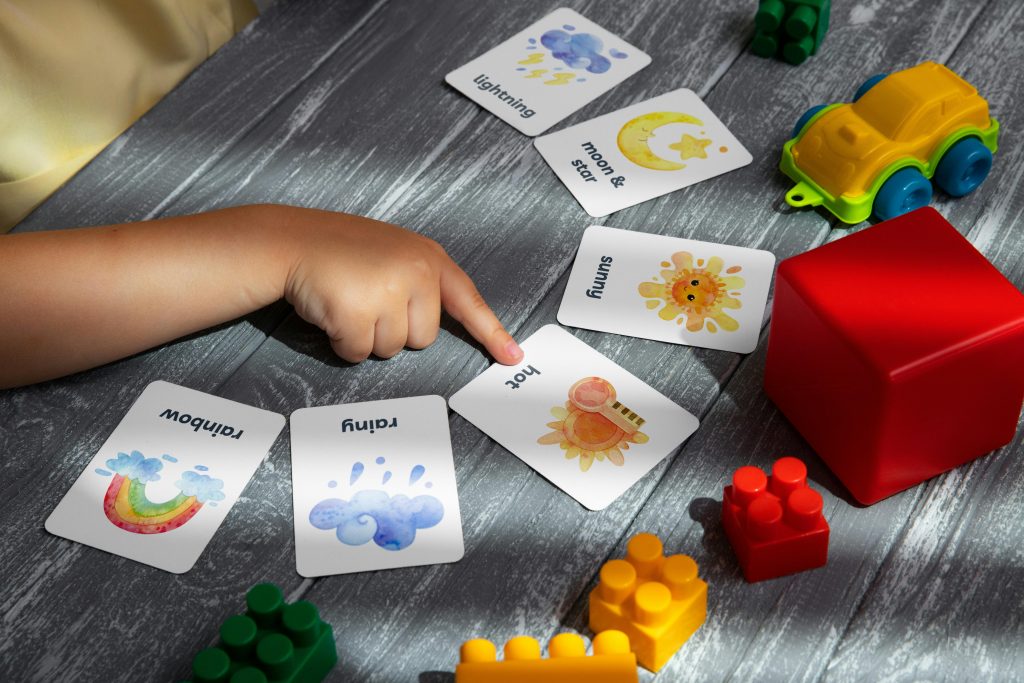
Incorporating visual aids and flashcards into language learning activities can bring an element of fun and engagement to the process. Whether used in individual study sessions or group activities, these visual tools can enhance comprehension and make vocabulary learning more interactive and enjoyable. Additionally, the repetitive nature of using flashcards can reinforce memory recall and help learners internalize new words more effectively.
Encouraging Language Exchange with Native Speakers
Engaging in language exchange with native speakers is a valuable practice for language learners of all ages. It offers the opportunity to interact with individuals who can provide authentic language usage and cultural insights. By conversing with native speakers, learners can improve their language skills, enhance their pronunciation, and gain a better understanding of idiomatic expressions and colloquialisms used in everyday communication. Additionally, language exchanges foster meaningful connections and friendships, making the language learning journey more enriching and enjoyable.
Language exchanges can take various forms, including face-to-face conversations, virtual interactions, or language exchange events. These exchanges allow learners to apply their language knowledge in real-life situations, receive immediate feedback, and develop their confidence in using the language. Through consistent practice and engagement with native speakers, learners can refine their language abilities, expand their vocabulary, and develop a deeper appreciation for the nuances of the language they are learning. By actively participating in language exchanges, learners can make significant strides in their language proficiency and become more proficient communicators.
Utilizing Storybooks and Literature in the Second Language
When it comes to learning a second language, incorporating storybooks and literature can be a valuable tool in language development. Reading stories in the target language exposes learners to new vocabulary, sentence structures, and cultural nuances. It helps improve reading comprehension and enhances language skills in a natural and engaging way.
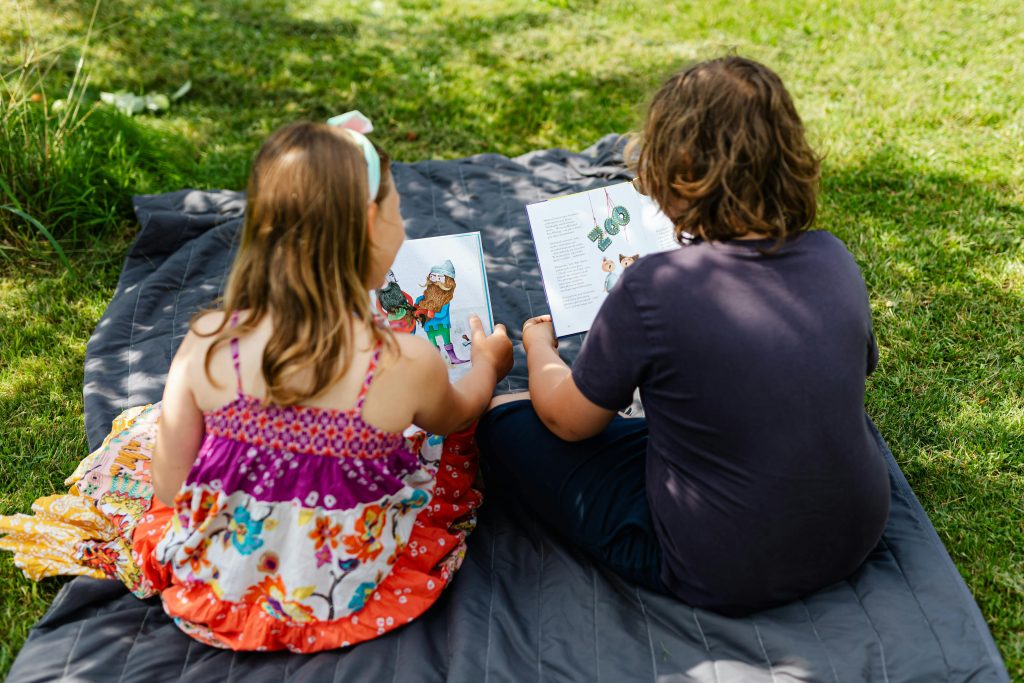
Storybooks and literature provide a context for language learning by presenting language in meaningful and memorable ways. They offer a glimpse into the customs, traditions, and values of the culture associated with the language being learned. Additionally, reading in a second language helps build confidence and fluency by exposing learners to different writing styles and perspectives.
Organizing Language Learning Playdates or Groups
Language learning playdates or groups can be a fun and effective way to practice a second language in a social setting. By immersing children in an environment where they can interact with peers who speak the target language, they are encouraged to communicate and engage in conversations naturally. This hands-on approach helps in building confidence and fluency while also fostering a sense of community among language learners.
Setting up language learning playdates or groups can be as simple as gathering a few like-minded families or individuals who are interested in practicing the same language. Whether meeting in person or virtually, these interactions provide an opportunity for participants to engage in conversations, play language-focused games, and collaborate on language-learning activities together. The social aspect of these gatherings not only adds an element of fun to the language learning process but also reinforces the importance of communication and connection in mastering a new language.
Celebrating Language Learning Milestones and Progress
Reaching language learning milestones is an exciting achievement that deserves to be celebrated. Whether it is mastering a new set of vocabulary, understanding a more complex grammatical structure, or successfully engaging in a conversation in the second language, each step marks progress towards fluency. By acknowledging and celebrating these milestones, learners are motivated to continue their language learning journey with enthusiasm and determination.
Recognizing and praising the efforts made by language learners not only boosts their confidence but also reinforces their dedication to mastering the second language. Celebrating milestones can take various forms, such as awarding certificates, organizing small celebrations in the classroom or at home, or simply acknowledging and praising the hard work put into learning a new language. By creating a positive and supportive environment that values and acknowledges progress, learners are encouraged to persist in their language learning endeavors, ultimately leading to greater proficiency and fluency in the second language.
Introducing Language Learning through Cultural Festivals and Events
Cultural festivals and events provide a unique and immersive way for children to experience different languages. By participating in cultural celebrations, children have the opportunity to observe and listen to the language being spoken in a meaningful context. This exposure can help spark their interest in learning the language and deepen their understanding of the cultural significance behind the words and phrases they encounter.
Attending cultural festivals and events also allows children to engage with native speakers of the language, giving them the chance to practice their language skills in a real-life setting. Conversing with native speakers helps children improve their language proficiency, pronunciation, and conversational abilities. Additionally, interacting with individuals from diverse linguistic backgrounds fosters a sense of cultural appreciation and understanding, further enriching the language learning experience.
Engaging Children in Conversations and Dialogues in the Second Language
Engaging children in conversations and dialogues in the second language is a highly effective method to enhance their language proficiency. By providing regular opportunities for children to use the language in meaningful conversations, they are able to practice speaking, listening, and comprehension skills in a natural and engaging way. This interactive approach not only reinforces vocabulary and grammar but also boosts their confidence in using the language authentically.
Creating a supportive and encouraging environment for children to engage in conversations and dialogues in the second language can significantly impact their language development. Encouraging open communication and fostering a safe space where mistakes are seen as part of the learning process can help children feel more comfortable experimenting with the language. Through these interactions, children not only learn to express themselves effectively but also develop important social and cognitive skills that come with engaging in conversations.
• Encouraging children to participate in group discussions and role-playing activities can make language learning more interactive and enjoyable.
• Providing prompts and topics that are relevant and interesting to children can spark their curiosity and encourage them to express their thoughts and opinions in the second language.
• Incorporating games, songs, and storytelling into language practice sessions can make learning fun while also reinforcing vocabulary and grammar concepts.
• Giving children opportunities to interact with native speakers or other learners of the second language can expose them to different accents, dialects, and communication styles, enhancing their overall language skills.
Encouraging Language Learning through Role-play and Dramatic Play
Role-play and dramatic play serve as effective tools for encouraging language learning, allowing children to step into different roles and scenarios where they can utilize language in a meaningful context. Through imaginative play, children naturally engage in conversations, express emotions, and interact with others in the target language. This hands-on approach not only enhances language skills but also boosts confidence and fluency as children become more comfortable using the language in various situations.
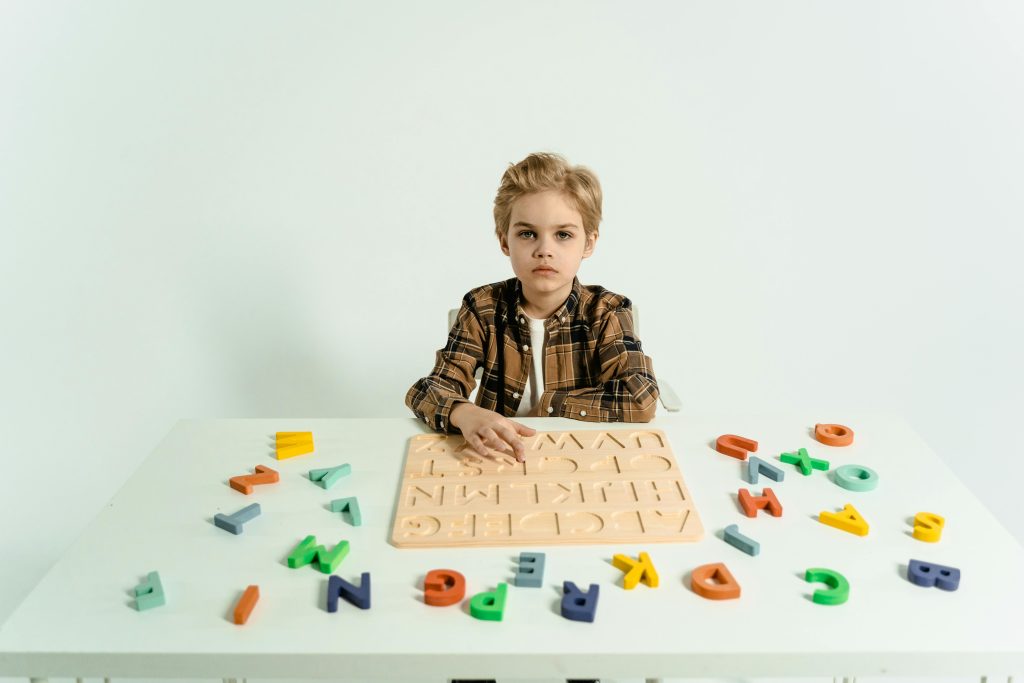
By incorporating role-play and dramatic play into language learning activities, educators and parents can create dynamic and interactive experiences that cater to different learning styles. Whether acting out real-life scenarios, playing pretend in a make-believe world, or reenacting stories and dialogues, children are actively applying vocabulary and grammar in a fun and engaging manner. This playful approach sparks creativity, fosters social skills, and instills a sense of joy and enthusiasm for language learning, making the process both educational and enjoyable for young learners.
Utilizing Technology for Language Learning Beyond the Classroom
In today’s technologically advanced world, the opportunities for language learning extend far beyond the confines of the traditional classroom setting. With the rapid growth of digital resources and language learning apps, individuals of all ages can immerse themselves in a second language from the comfort of their own homes. These technological tools provide interactive lessons, vocabulary drills, pronunciation practice, and even opportunities for real-time communication with native speakers, making the language learning journey both convenient and engaging.
Additionally, utilizing technology for language learning beyond the classroom allows learners to tailor their practice to their individual needs and preferences. Whether it’s through language learning websites, mobile apps, online language exchange platforms, or virtual classes, students have the flexibility to practice listening, speaking, reading, and writing skills at their own pace and convenience. This personalized approach not only enhances the learning experience but also fosters a sense of autonomy and motivation in learners as they navigate the intricacies of acquiring a new language.
Seeking Support from Language Learning Communities and Organizations
Language learning communities and organizations play a crucial role in supporting individuals on their language learning journey. By connecting with like-minded language enthusiasts and experts, learners can access valuable resources, guidance, and encouragement to enhance their language skills. These communities provide a platform for individuals to share experiences, seek advice, and engage in language-related activities that foster growth and progress in learning a new language.
Moreover, language learning communities and organizations offer a sense of community and belongingness to individuals striving to master a second language. Through workshops, meetups, and online forums, learners can interact with peers who share a common passion for language acquisition. This collaborative environment promotes motivation, accountability, and a sense of camaraderie, making the language learning process more enjoyable and fulfilling.
